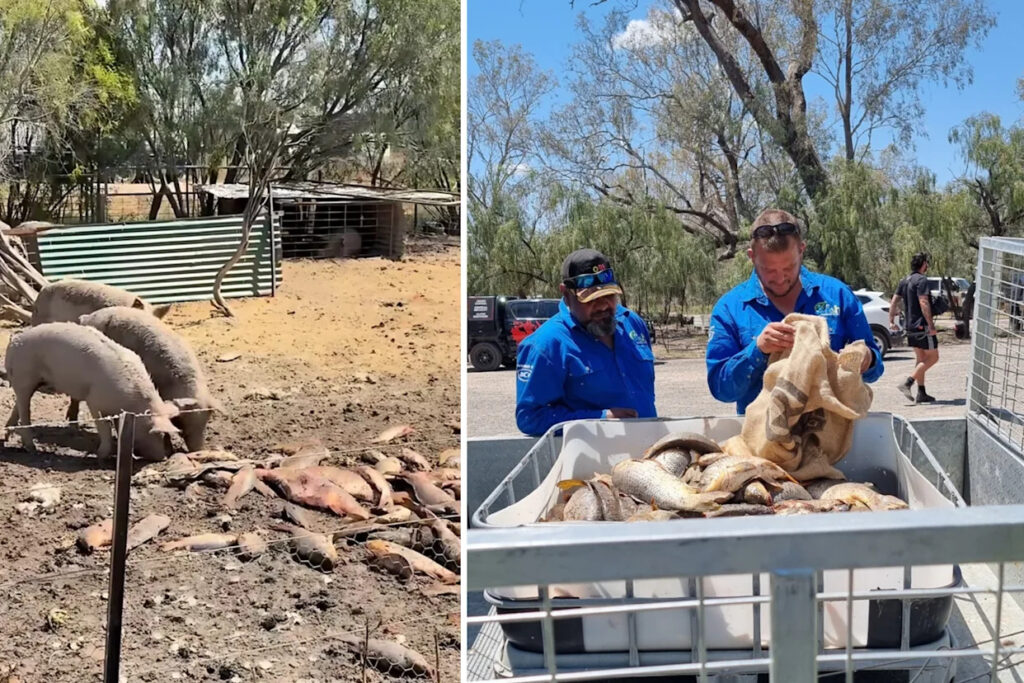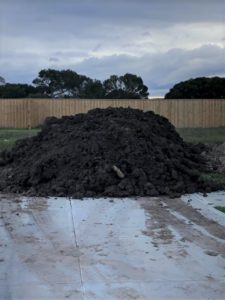
BREAKING: In a remarkable grassroots effort, locals in Walgett, NSW have removed an astonishing 250kg of European carp from the Namoi River in just one day. This urgent action highlights the growing frustration among Australians as invasive species threaten fragile ecosystems across the country.
DEVELOPING: With an estimated 200 to 350 million of these invasive fish populating waterways nationwide, the call for federal intervention has intensified. Recreational fishers are increasingly taking matters into their own hands as the federal government has yet to commit to its $15 million National Carp Control Plan, initiated almost a decade ago.
Last week, around 100 participants gathered to tackle the invasive species, catching a total of 181 carp that were ultimately fed to pigs, as per NSW Department of Primary Industries guidelines. “Every carp removed helps improve water quality,” said Michelle Slater, OzFish Murray-Darling Basin Manager, emphasizing the importance of the community’s role in this battle.
The Namoi River is a crucial part of the Murray-Darling Basin, where carp now make up an alarming 80 to 90 percent of the fish biomass. The impact of this invasive species is devastating, as they disrupt aquatic ecosystems, leading to reduced water quality and threatening native fish and plants.
The urgency of the situation is echoed by recent events. Just last weekend, participants at the Gold Coast Pest Fishing Classic successfully removed 570kg of pest fish, including carp and tilapia, from local waterways. Earlier this month, a viral image of 700kg of fish, primarily carp, packed in the back of a ute reignited discussions about the need for action against these destructive invaders.
Carp, first introduced to Australia in the mid-1800s, have since wreaked havoc by muddying water and uprooting native plants. Their feeding habits lead to nutrient releases that trigger algal blooms, further degrading aquatic environments.
As pressure mounts on authorities to release the carp virus, Cyprinid herpesvirus 3, which has shown effectiveness in controlling carp populations, the community remains vigilant. “It’s time to act decisively,” urged local officials, as the fight against this invasive species continues.
The collective efforts of Australians signify a growing movement to restore balance to their waterways. This is not just about fishing; it’s about protecting the environment for future generations.
Stay tuned for more updates as the situation develops, and consider joining local initiatives to combat this pressing ecological threat.





